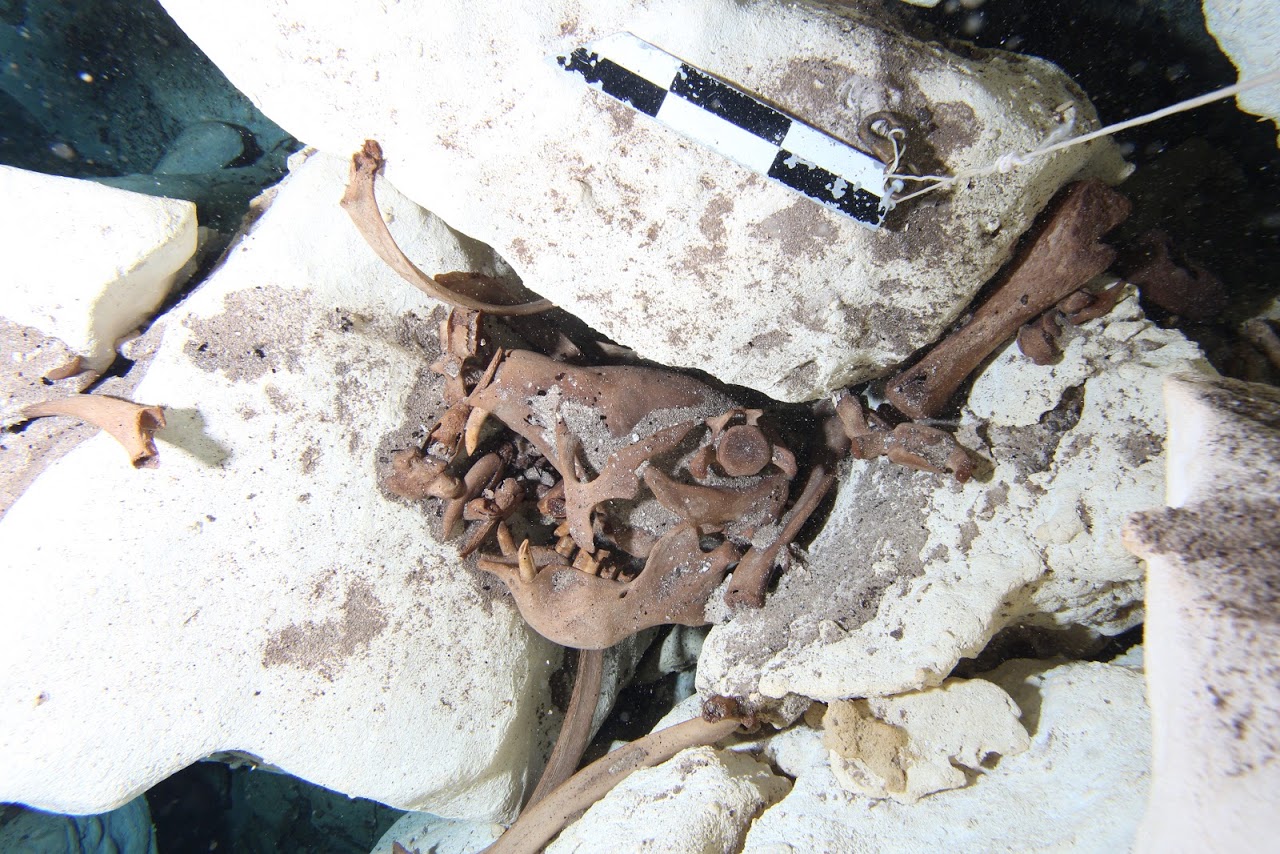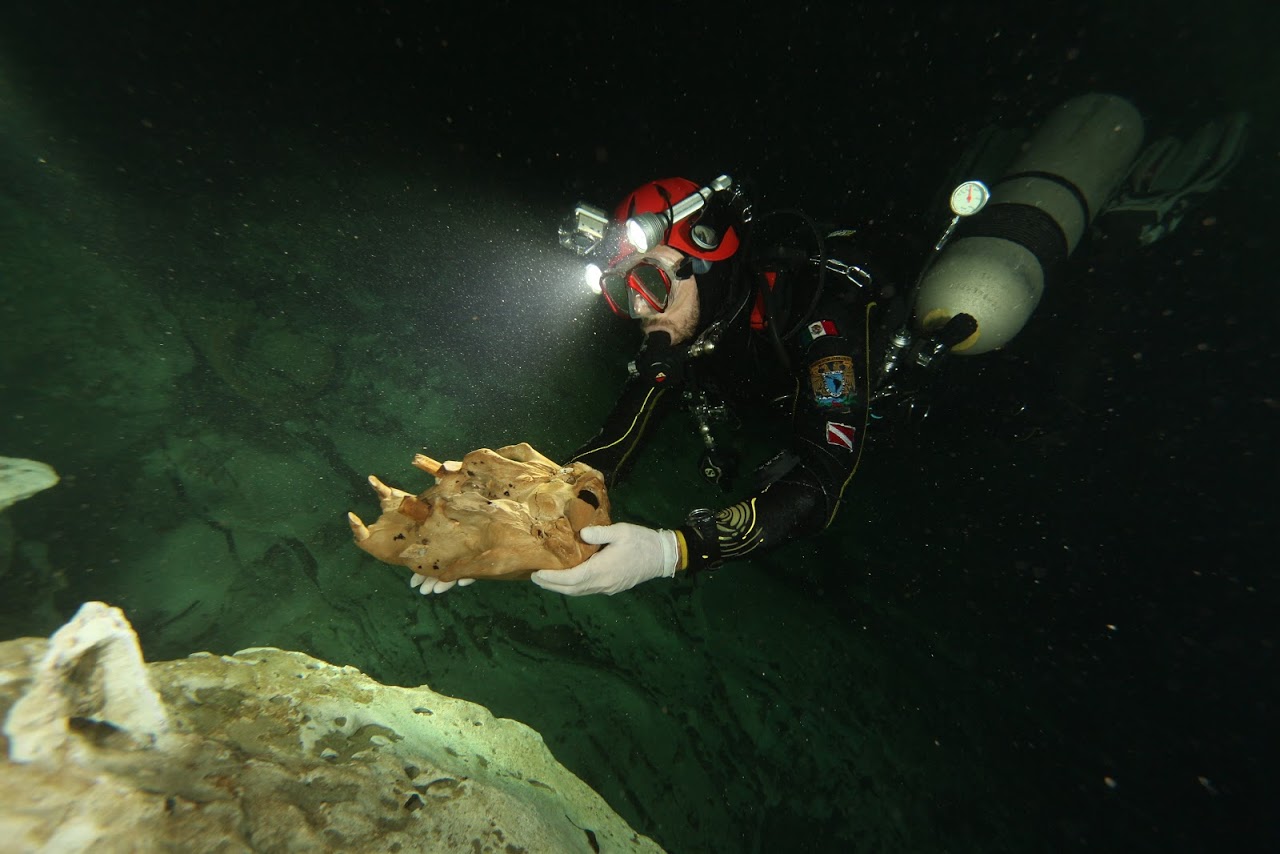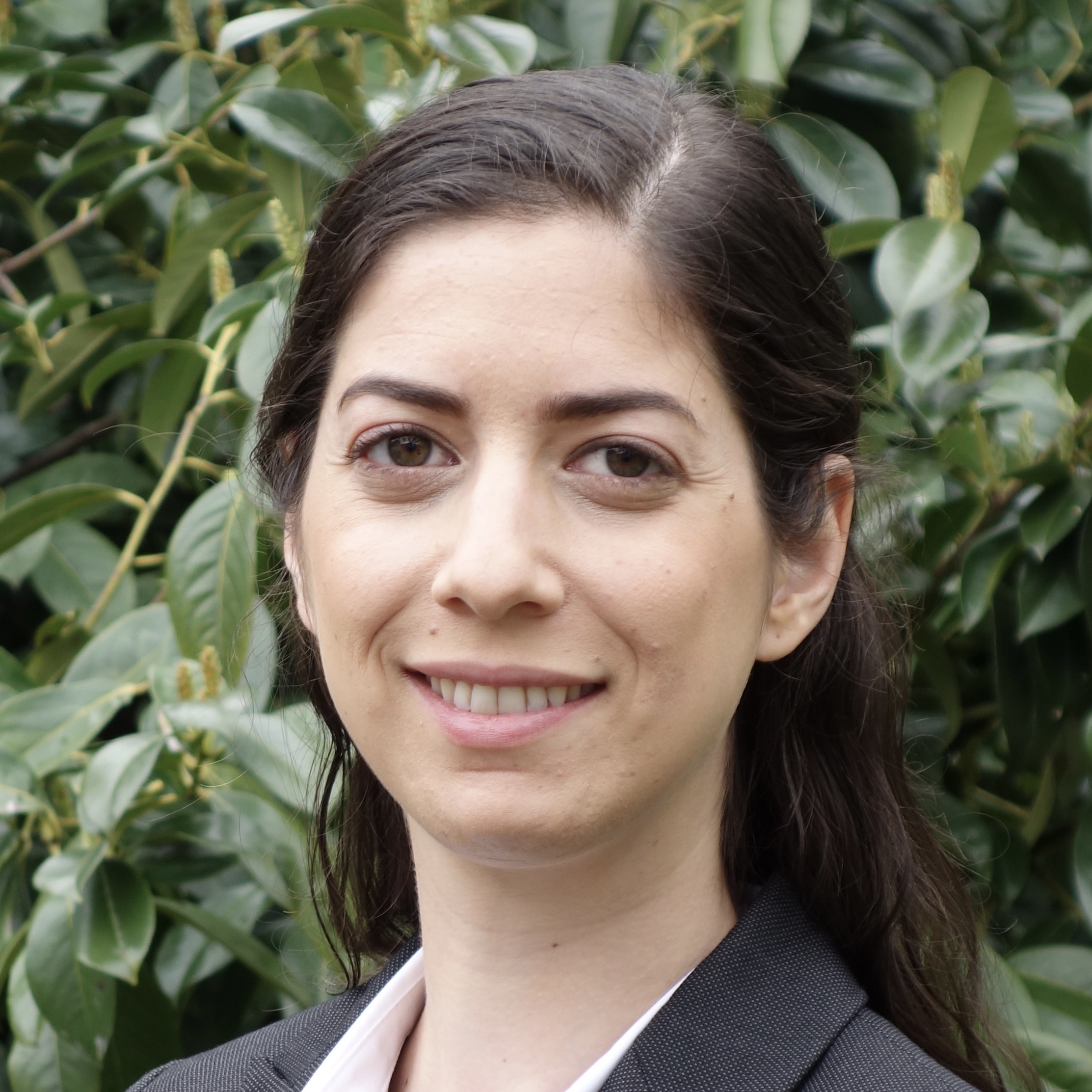New Ancient Sloth Discovered in Mexican Sinkhole

When professional diver Vicente Fito first came across a fairly large skeleton while diving in an underwater sinkhole south of Cancun, Mexico, he thought the bones belonged to a cow. However, something didn't quite add up.
"After several dives, I realized there were some claws between the ribs," Fito told Live Science in an email. It turned out, Fito was staring at the remains of a new species of ancient giant ground sloth. That was in 2009, and now new research has revealed that the giant ground sloth is likely closely related to sloths from the northern part of South America.
The finding furthers the understanding of how sloths fared during the Great American Biotic Interchange, the major exchange of land mammals between North and South America that peaked around 3 million years ago. [Image Gallery: 25 Amazing Ancient Beasts]
(In misidentifying remains from a giant ground sloth, Fito is in illustrious company. When Thomas Jefferson described the claws of a giant ground sloth to the American Philosophical Society in Philadelphia in 1797, he mistook them for a lion's.)
The sloth that Fito found, now named Xibalbaonyx oviceps — or underground claw egghead — belongs to the Megalonychidae family of sloths. From this family, only the diminutive two-toed sloth, the adorably lethargic tree-dweller, survives today. X. oviceps, which may have lived nearly 12,000 years ago during the late Pleistocene period, was a true giant, weighing close to 1,100 pounds (500 kilograms), Sarah Stinnesbeck, a doctoral candidate in paleontology at the State Museum for Natural History Karlsruhe in Germany, and co-author of the recent study, told Live Science in an email.

By analyzing the skull, the team discovered that the X. oviceps specimen had a deep jaw and a canine-like tooth that's triangular in cross section, according to Tim Gaudin, a biology professor at the University of Tennessee at Chattanooga, who was not involved in the current study. These adaptations would have allowed X. oviceps to eat tough plants, which may have included agave, a spiky succulent, according to Stinnesbeck. Coincidentally, Gaudin's team recently described another megalonychid ground sloth from the same region of Mexico that may turn out to be the same genus and species of sloth as X. oviceps.
Gaudin's team used the jaw features — shared by both X. oviceps and the specimen his team analyzed in February — to draw a comparison between X. oviceps and Meizonyx salvadorensis, an extinct giant ground sloth from El Salvador. They also found that this Salvadoran sloth is more closely related to two types of giant ground sloth found in South America than those found in North America. Should Gaudin's team's sloth turn out to be the same as X. oviceps, this would offer deeper insights into how sloths may have dispersed during the Great American Biotic Interchange.
Sign up for the Live Science daily newsletter now
Get the world’s most fascinating discoveries delivered straight to your inbox.
"Knowing that these are southern sloths moving north is really interesting. And sloths, for some reason, appear to do pretty well, at least initially, in that exchange, until humans come along and sort of wipe them out," Gaudin told Live Science.
The new study was published online May 22 in the journal PalZ.
Original article on Live Science.











